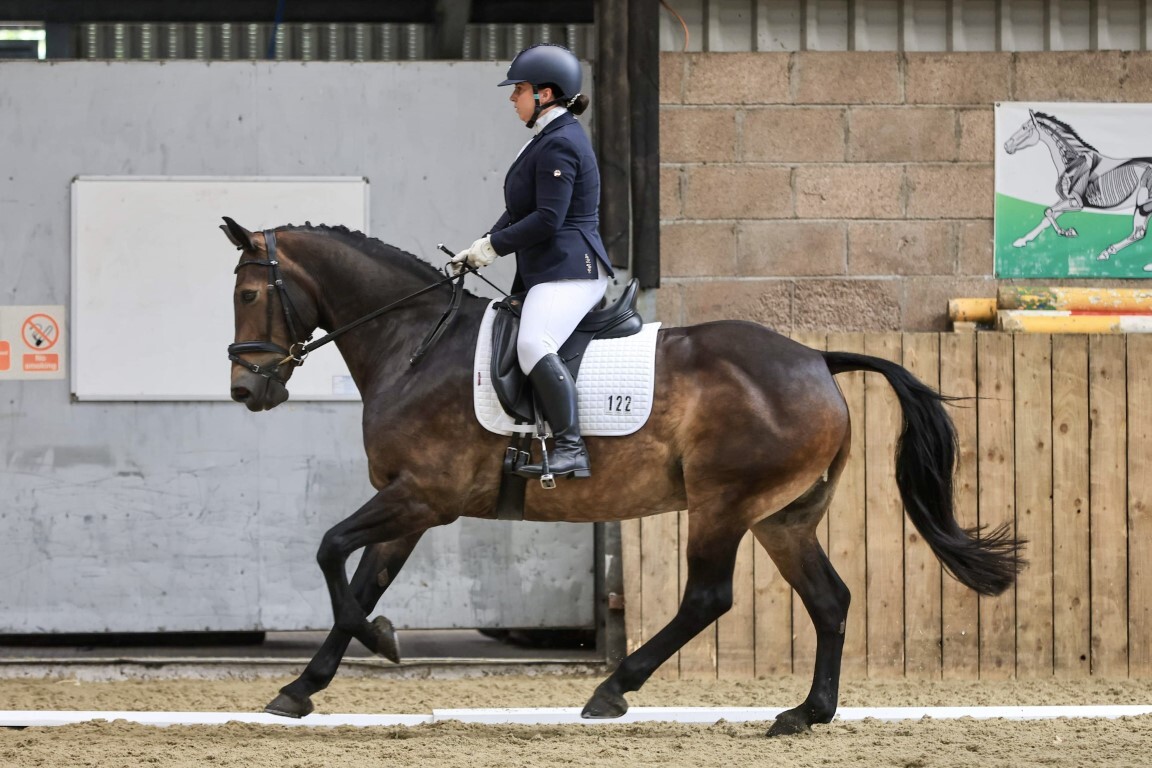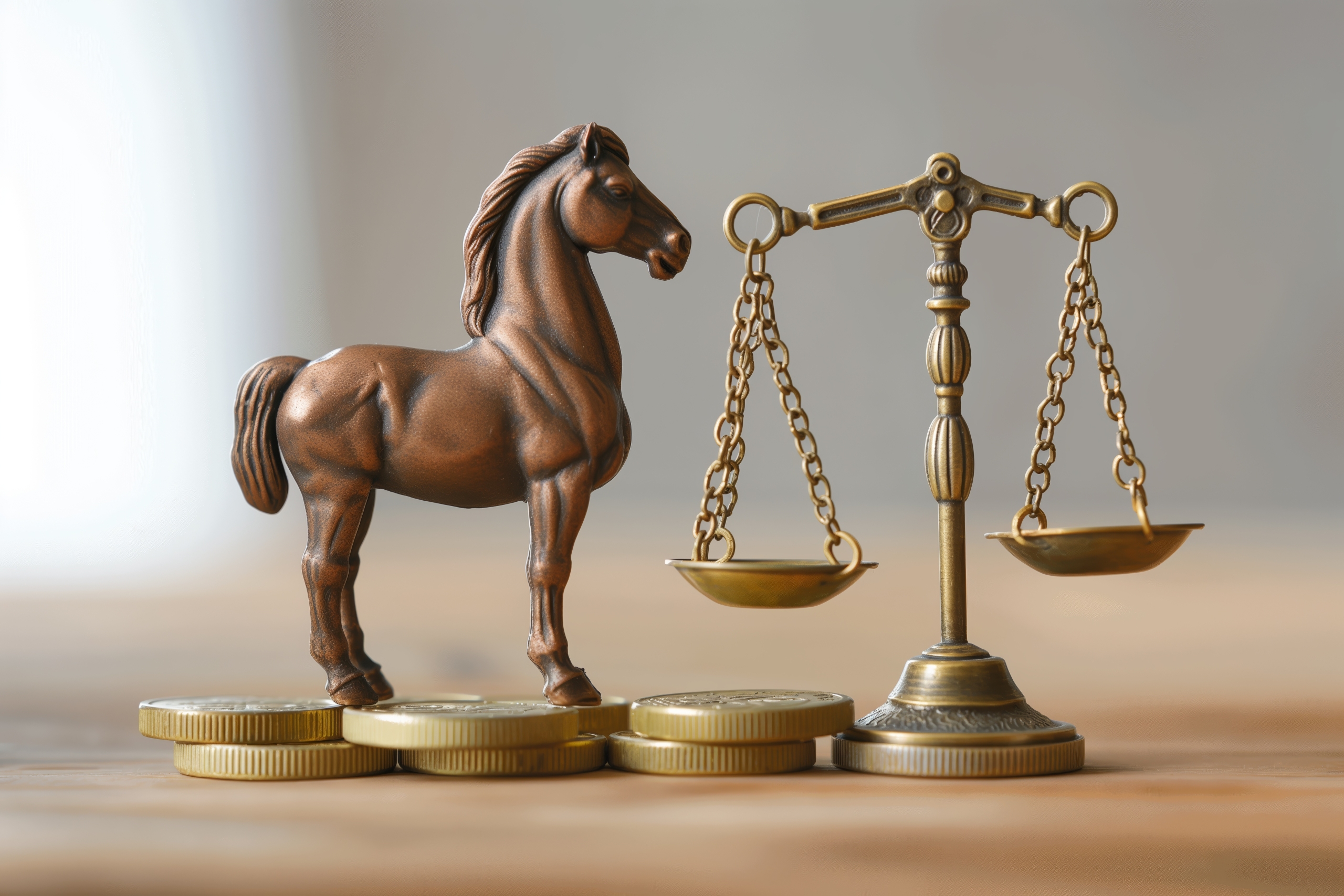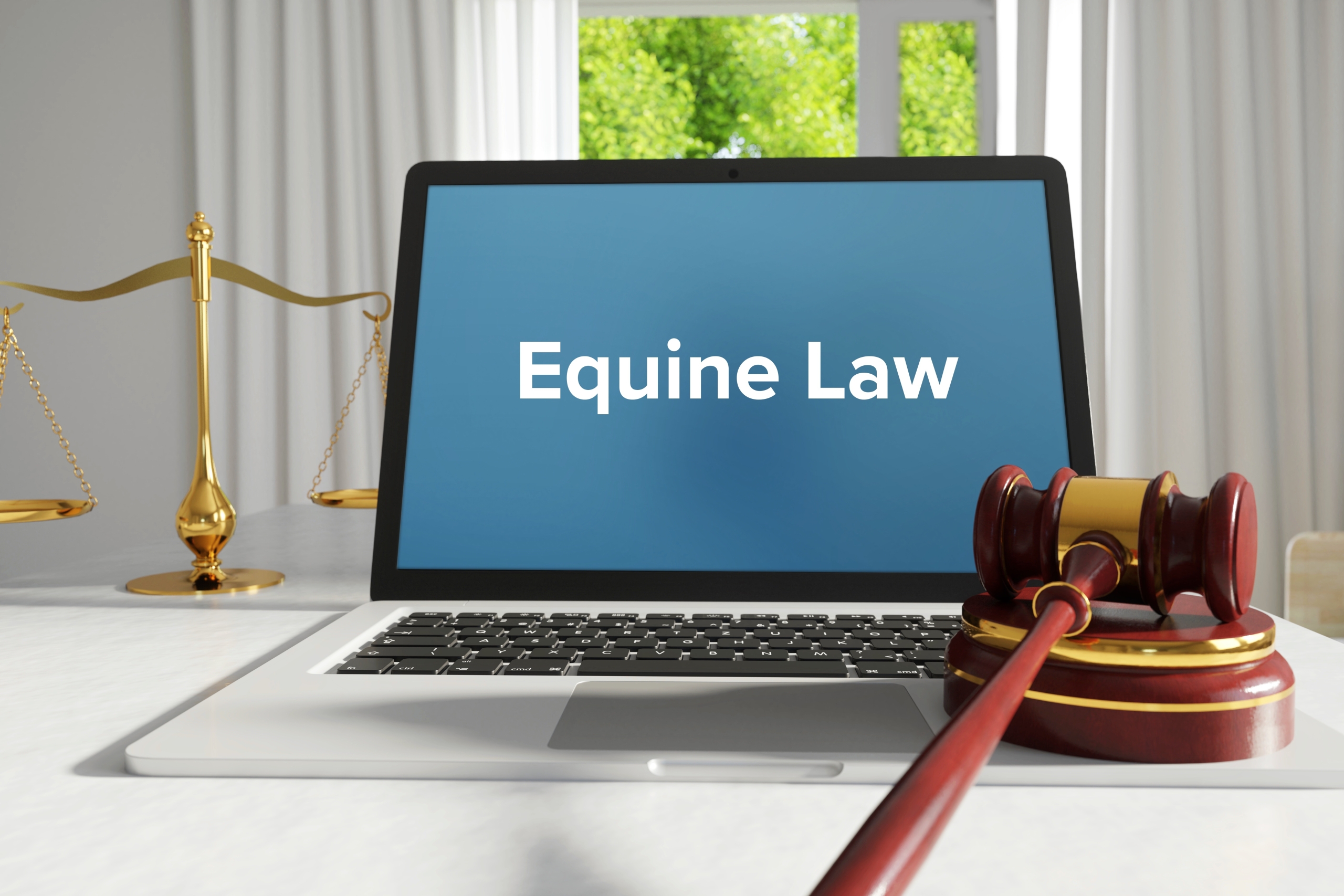OLS Solicitors Blog
Why our Lara Jayne Davies makes an excellent equine lawyer

Why Lara-Jayne Davies of OLS Solicitors makes a great equine lawyer
In the intricate and specialised world of equine law, finding a solicitor who not only understands the legal intricacies but also has a deep personal connection with the equestrian world is invaluable. Lara-Jayne Davies of OLS Solicitors exemplifies this rare combination, making her an exceptional choice for anyone seeking legal expertise in equine matters.
Deep Equestrian Roots
Lara-Jayne Davies is not just an equine lawyer; she is a passionate and accomplished dressage rider. Her involvement in the makescommunity extends beyond the courtroom and into the riding arena. As a rider who has represented Wales, she brings a unique perspective and unparalleled insight into the needs and challenges faced by equestrians. This personal experience allows her to relate to her clients on a deeper level, understanding their concerns and aspirations from first-hand experience.
Legal Expertise
At OLS Solicitors, Lara-Jayne applies her extensive legal knowledge to a variety of equine-related issues. Her expertise spans contracts, disputes, purchases and sales of horses, negligence claims, and more. She is adept at navigating the complexities of equine law, ensuring that her clients receive comprehensive and accurate legal advice tailored to their specific situations.
Representing Wales: A Testament to Dedication and Skill
Lara-Jayne’s achievement in riding for Wales is a testament to her dedication, skill, and perseverance. Competing at such a high level requires not only talent but also an in-depth understanding of equine health, training, and competition regulations. This experience equips her with the knowledge to handle cases involving competition rules, doping allegations, and other sport-specific legal matters. Her clients benefit from her ability to draw parallels between her sporting experiences and the legal challenges they face.
Client-Centric Approach
Lara-Jayne’s approach to legal practice is client-centric, characterised by empathy, clear communication, and personalised service. Her equestrian background ensures she can speak the language of her clients, translating complex legal jargon into understandable terms. Whether her clients are seasoned equestrians or new to the sport, they can trust Lara-Jayne to guide them through their legal journeys with professionalism and care.
A Bridge Between Law and Passion
For many equestrians, their horses are not just animals but partners and friends. Lara-Jayne’s dual identity as both a lawyer and a dressage rider bridges the gap between the legal world and the equestrian passion. She understands the emotional and financial investments involved in horse ownership and competition, making her uniquely positioned to advocate for her clients’ interests effectively.
Get in touch
Lara-Jayne Davies of OLS Solicitors stands out in the field of equine law, not just for her legal acumen but for her genuine passion and involvement in the equestrian world. Her experience as a dressage rider who has represented Wales gives her a profound understanding of her clients’ needs, making her an invaluable asset to anyone seeking legal advice in equine matters. With Lara-Jayne, clients gain not only a skilled equine lawyer but also a dedicated advocate who shares their love for horses and the sport.


